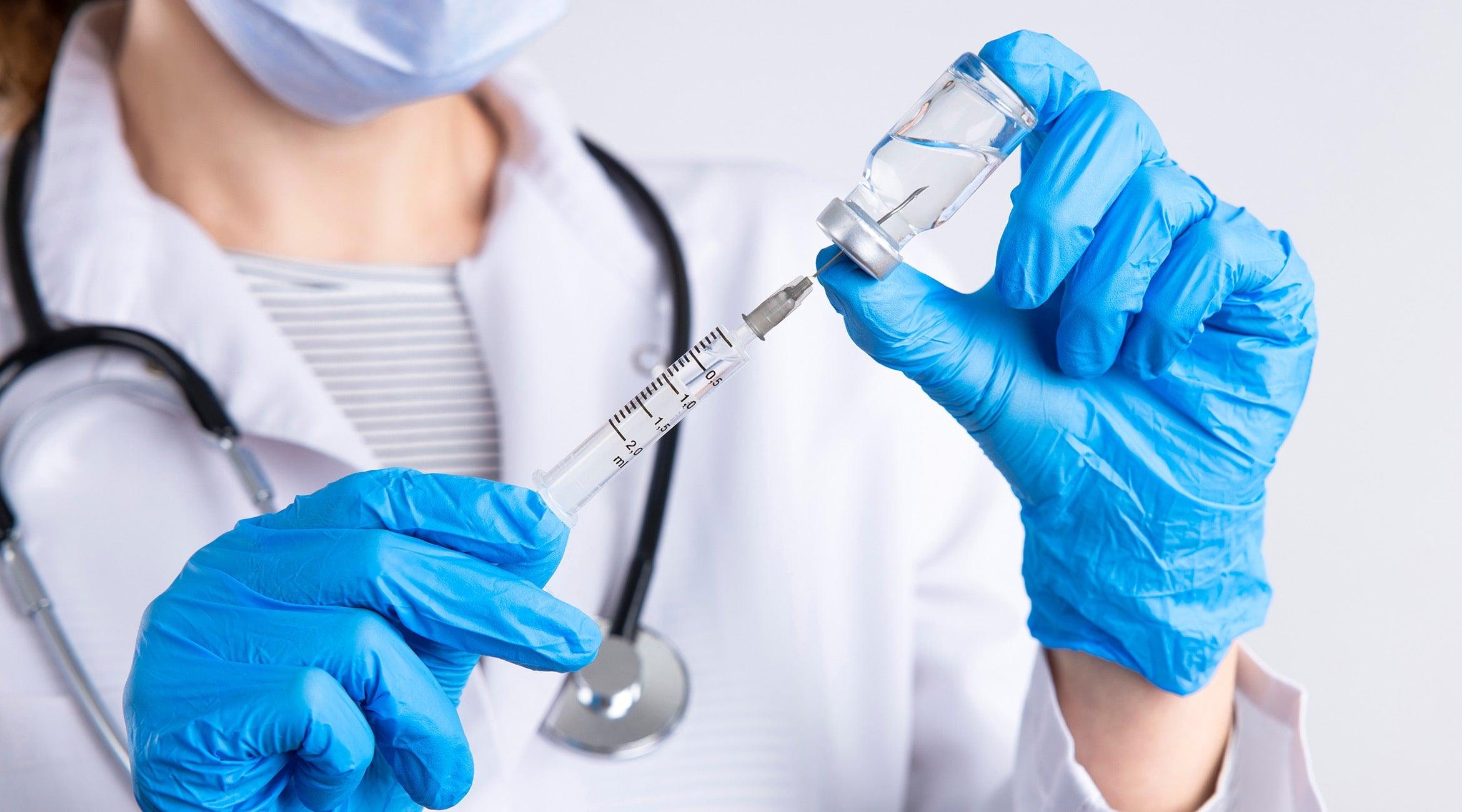Anyone who’s experienced tennis elbow is familiar with its debilitating pain – from a dull, nagging ache to sharp bursts and often cortisone shots are considered for relief. Caused by repetitive arm movements, tennis elbow is commonly experienced by more than just tennis players. Others at risk include golfers, fitness enthusiasts, hairdressers, plumber, cooks, construction and manufacturing workers, musicians, gamers, crafters and more.
Repeated motions in the arms can lead to small tears in the tendons of the forearm, which eventually causes inflammation and pain at the outside of the elbow where the tendon attaches to the bone. In addition to pain, tennis elbow symptoms include stiffness at the elbow, weak grip strength, difficulty grasping or lifting objects and numbness or tingling in the fingers.
If left untreated, tennis elbow pain tends to worsen over time, and the condition can become chronic. While there are a variety of treatments available for tennis elbow, they require consistent adherence and take time for best results. According to the American Academy of Orthopaedic Surgeons, 80-85 percent of tennis elbow cases improve after six months to one year of nonsurgical treatment.
One common treatment method is injection of steroids, such as cortisone. If you’re wondering, “Should I get a cortisone shot for tennis elbow?”, here we highlight some important considerations.
Why cortisone for tennis elbow?
Cortisone is a man-made version of cortisol, a natural hormone in the body. As a steroid, it works to block the release of molecules that cause inflammation, thereby reducing inflammation, swelling and pain. Corticosteroid, or cortisone, shots are commonly used for arthritis and joint issues in the knee, shoulder, hip, back and elbow. The injections typically contain a local anesthetic for immediate pain relief and cortisone for longer-term attenuation.
Because they use a needle, cortisone shots can be painful, and some discomfort may linger around the injection site for up to 48 hours after being administered. However, they are generally effective in alleviating pain, and results can last up to a few weeks, months or years, depending on the patient and the condition being addressed.
In addition to their effectiveness, cortisone shots have other benefits, including:
- Rapid pain relief
- Easily accessible through a healthcare professional
- Safe to perform
- Usually covered by health insurance
- Proven history of efficacy
Side effects and risks of cortisone shots
At the same time, no drug is without side effects. Although side effects from cortisone shots tend to be mild or rare, and long-term risks generally are evident only with large dosages and repeated use, they can include:
Short-term side effects
- Pain at the injection site
- Skin pigment changes (lightening) at injection site
- Temporary facial flushing
- Temporary increase in blood sugar
- Infection at injection site
- Loss of fatty tissue in injection region
Long-term risks
- Cartilage damage
- Tendon weakening or rupture
- Joint infection
- Nerve damage
- Thinning of nearby bone (osteoporosis)
- Thinning of skin and soft tissue around the injection site
Due to concern about the long-term risks of cortisone shots, particularly that repeated use may damage the cartilage within a joint or can lead to cell death and atrophy of tendons, the medical community commonly limits the amount of shots you can receive. Professional recommendations indicate that you shouldn't get cortisone injections more than every three to four months, and not more than two or three times a year in the same area of the body.
Drawbacks of cortisone shots for tennis elbow?
Although tennis elbow sufferers have experienced pain relief from cortisone shots, they should not be used as the sole treatment for this condition. Here are several reasons why:- Mask symptoms – Cortisone shots merely mask the pain of tennis elbow, rather than address the root cause, which is injury to the tendon. Because they don’t promote recovery, it’s likely that symptoms will recur and the injury will be chronic. Research has shown that those with tennis elbow who received a cortisone shot actually had worse pain after six months to a year than those who did not.
- Treat inflammation – Although tennis elbow is known as “lateral epicondylitis,” which implies inflammation, the medical community understands this condition more accurately as tendinosis. Tendinosis is a degeneration of a tendon’s collagen due to chronic overuse, resulting in a loss of strength and size of the tendon. While some inflammation may also be present, particularly at the onset of the injury, ultimately cortisone shots cannot heal the damaged tissue at the cellular level. In fact, evidence exists that cortisone actually inhibits collagen synthesis.
- Do not provide mechanical stimulation – For tendons to heal, they require ongoing mechanical stimulation, such as that provided by strengthening and stretching exercises and physical therapy. This helps to stimulate circulation in the tendon, which brings oxygen and healing properties to help repair the tendon and form new collagen fibers. Proven therapy such as instrument-assisted soft tissue mobilization (IASTM) activates blood flow, breaks down adhesions and scar tissue that are common in tennis elbow, and stimulates cellular regeneration for tissue repair and functional restoration.
Ultimately, then, cortisone shots should not be used by themselves to treat tennis elbow, but sufferers should seek manual therapy or take advantage of Sta Active’s new Fiix Elbow program which automates IASTM for convenient, at-home usage.


Share:
How Can I Work Out My Biceps with Tennis Elbow?
Safely Treat Tennis Elbow at Home